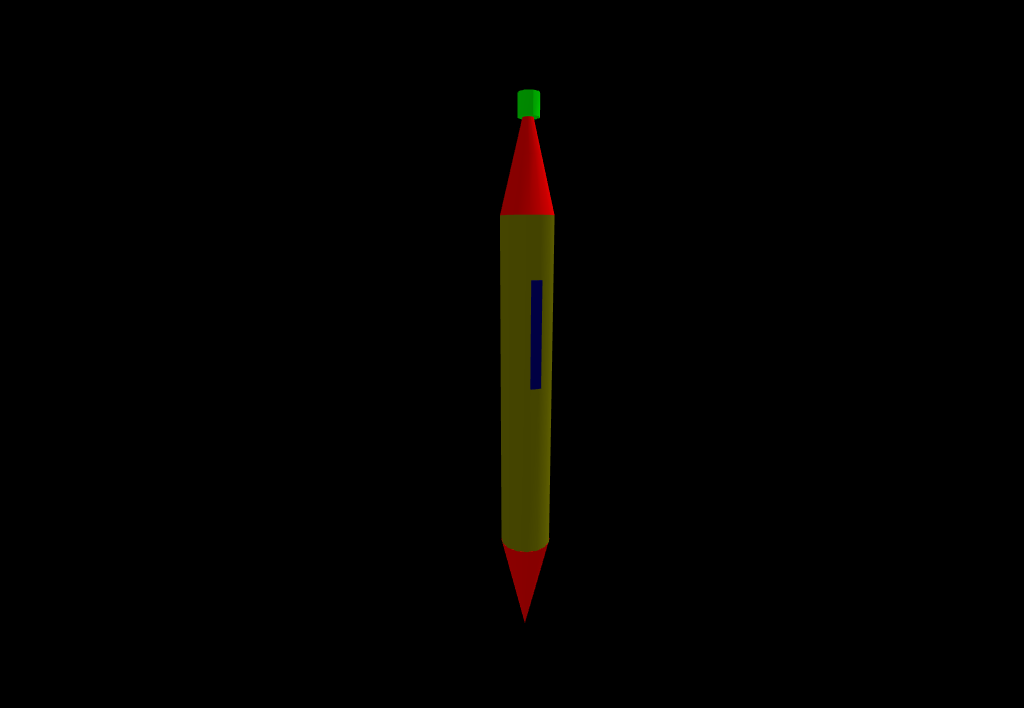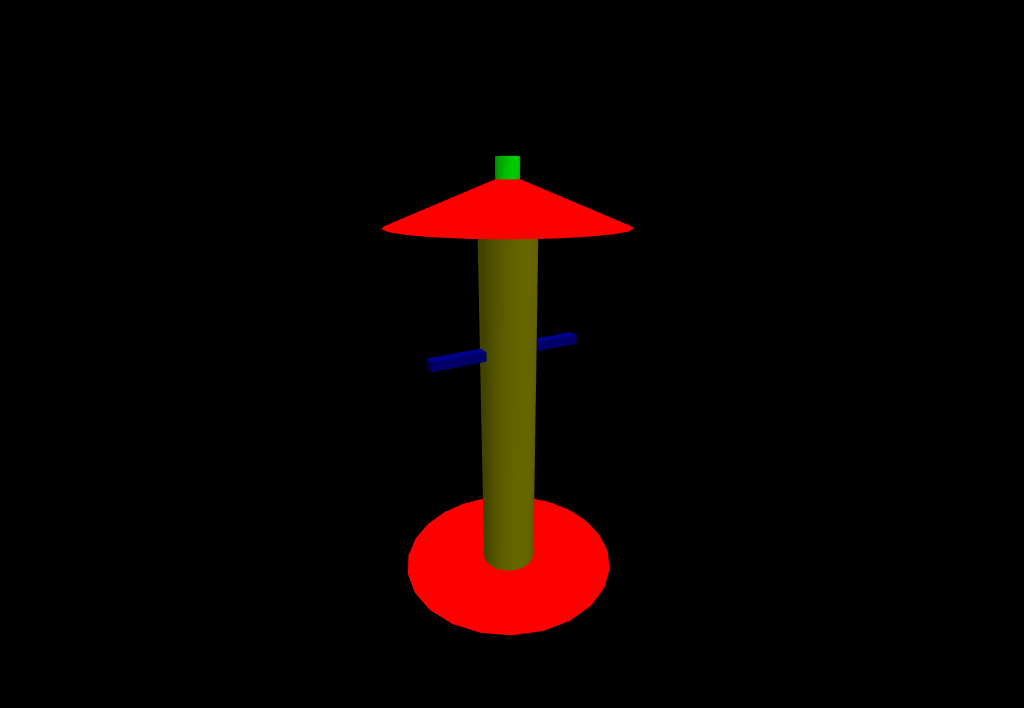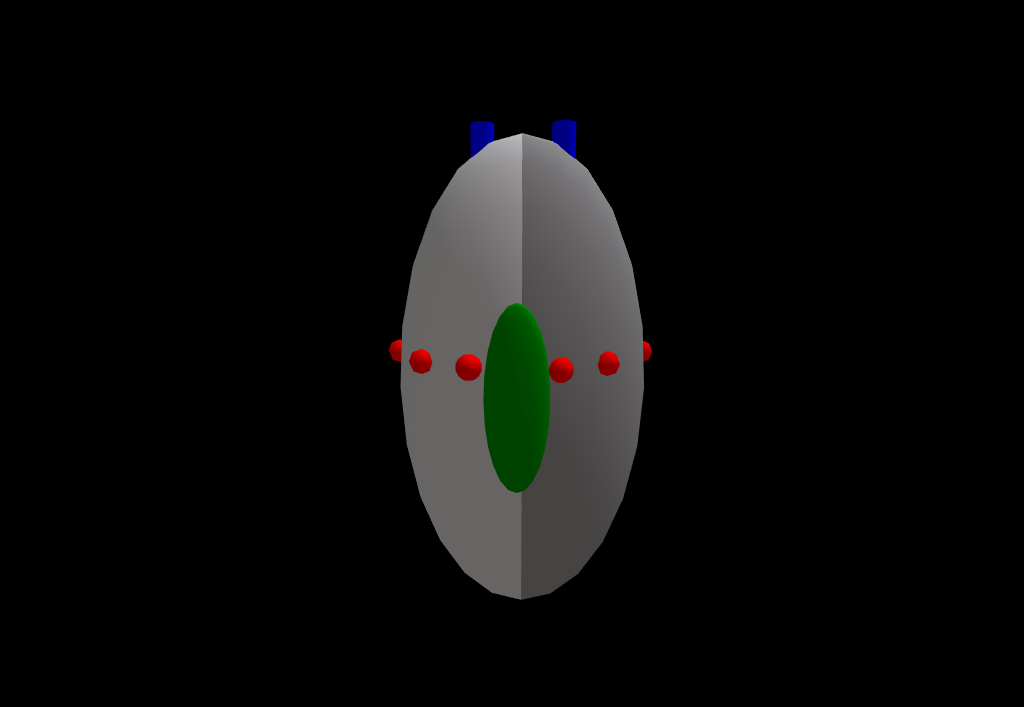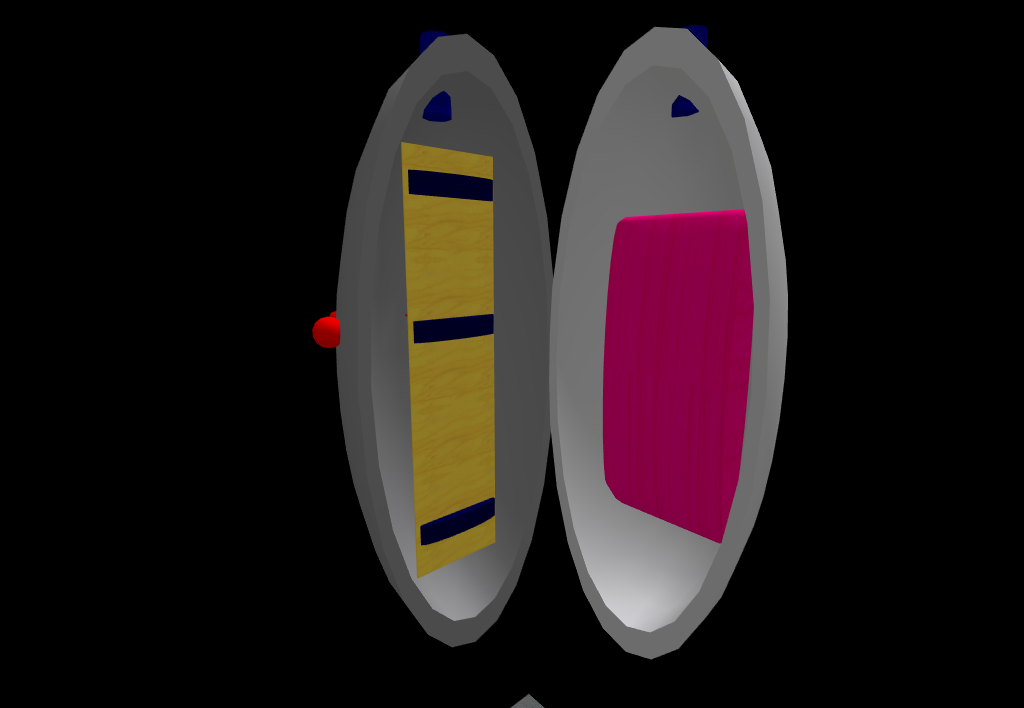Below is the device invented by Troy Laclaire.

Green
- This would be the hookup for the ropes/chains/wire
Red
- Expandable cones (think how an umbrella works)
Blue
- Fold in handles
Yellow
- This would be the main tube, inside would be a basic piston
type system to activate everything else.
Note: Easy Storage for transporting.

Blue:
Handles and strap connections for rescue worker to use while
riding down on the device as they are lowered into the shaft.
Also able to hold Flashlight, Wire, Rope, Chain Hookups.
Green
Tube: Holds expandable pod for rescue, once
lowered to the floor, it is set on it's side and the expandable
pod is extracted and pops into shape. Top light green piece is
where the pulley or eye hook attachment is located
Red: Top
Umbrella to prevent debris from falling on rescue worker as they
are lowered into the shaft. The Base is where the rescue worker
stands on the way down.
Note: If the individual is able-bodied, this system can be
lowered, the person can jump on, attach themselves with a strap
and ride back up without a rescue worker going dow.

Green:
This is where is where the cartridges for breathable gas are.
Water packs, packaged food in case the individual cannot be
extracted right away. They could get inside, sleep, and be
protected from toxic gas, freezing, etc.
Red:
Rollers to keep it moving on the way up as it may come in
contact with the side walls of the shaft.
Blue: Hooks to attach cable to raise the cocoon back up.
Grey: The Rescue
Pod.

This is
the interior of the rescue cocoon/pod. An incapacitated individual
could be placed inside and hoisted back up. The cable re-lowered and
the rescue worker can ride back up the same way they came down.
If you'd like to contact the engineer and chief designer on this
project please contact the
Online Think Tank for further information.
Commercial partners and industry welcomed.
Safety First!
March 2007 (patent pending)